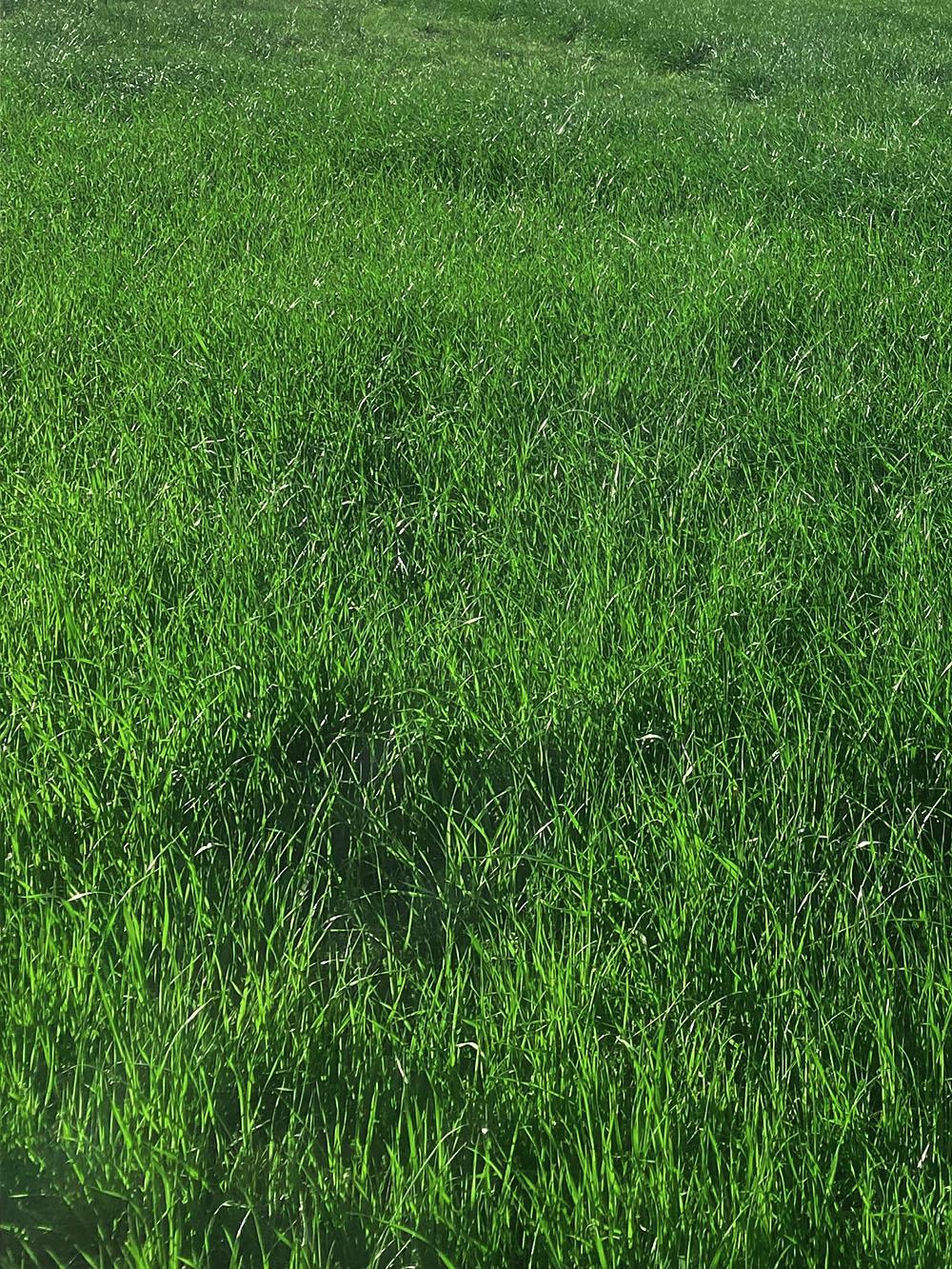Lolium perenne

Angusta
Angusta Annual Ryegrass is a high-yielding, tetraploid variety designed for early-season production and smooth transition into warm-season growth. Specially adapted for the Southern Gulf States, this variety offers excellent plant health and resilience. Developed through DLF’s advanced "K-generation" breeding program, Angusta combines superior US genetics selected from research stations in Kentucky and Oregon. The Kentucky trials ensure tolerance to sudden cold snaps and disease pressure, while the Oregon selection process enhances seed production characteristics. With its strong early growth, Angusta provides a high-quality forage source when it’s needed most, making it an ideal choice for winter overseeding.
Optimized for early forage production, Angusta delivers peak yields in its first two to three cuts before gradually tapering off, allowing warm-season grasses to establish without competition. This early transition advantage makes it highly effective for rotational grazing systems, ensuring smooth seasonal shifts while maintaining excellent forage availability.
Key features
- Tetraploid
- High Yield
- Early season production, early transition
- Especially adapted to the Southern Gulf States
- Excellent plant health
Segment
Forage
Species
Ryegrass, Annual
Sci. Name
Lolium perenne
Approx. Seeds/Kg.
499400
Approx. Seeds/Lb.
227,000
Anther Color
Purplish
Auricle Pubescence
N/A
Auricles
Absent
Basal Hairs
Absent
Botanical Name
Annual
Branch Pubescence
Glabrous
Culm Neck Shape
Slightly Curved
Emergence (Days)
7
Flag Leaf Length
Medium
Flag Leaf Width
Narrow to Medium
Glume Awn Length
Shorter than Glume
Glume Length
Short
Glume Pubescence
Glabrous
Glume Width
Narrow
Growth Habit, Fall
Erect
Growth Habit, Spring
Erect
Leaf Blade Folding
Closed
Leaf Blade Margins
Smooth
Leaf Color
Medium Green
Leaf Length
Medium
Leaf Pubescence
Glabrous
Leaf Sheath Color
White
Leaf Width
Medium-Wide
Lemma Awn Length
Shorter than Lemma
Lemma Length
Short
Lemma Pubescence
Absent
Lemma Texture
Smooth
Lemma Width
Narrow
Maturity
Early
Number of Spikelets
Many
Palea Length
Short
Palea Pubescence
Absent
Palea Width
Narrow
Panicle Attitude
Erect
Panicle Color
GREEN
Panicle Length
Short to Medium
Panicle Pubescence
Glabrous
Panicle Shape
Narrow Tapering
Panicle Type
Intermediate
Plant Height
Medium
Ploidy
Tetraploid
Rhizomes - Creeping Habit
Absent to Very Weak
Seed Size
Medium
Seed Weight
0.4g/100 Seeds
Time to Flowering
EARLY
Waxy Bloom on Leaf
Present
Winter Hardiness
N/A
Seeding Rate - Alone/New (Kg./Hectare)
23-45
Seeding Rate - Alone/New (Lbs./Acre)
20-40
Planting Times
Spring, Late Summer-Early Fall
Seeding Rate - Mixes (Kg./Hectare)
11-17
Seeding Rate - Mixes (Lbs./Acre)
10-15
Livestock
Alpaca/Llama ,
Cattle ,
Goats ,
Horses ,
Sheep
Usage
Hay ,
Silage ,
Pasture ,
Cover Crop ,
Erosion Control
